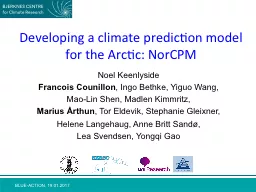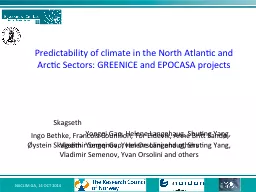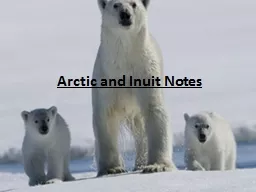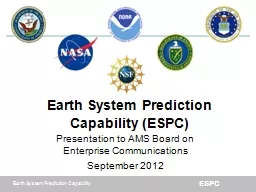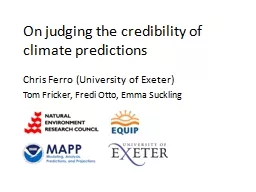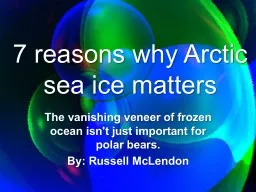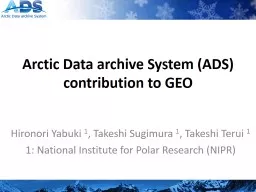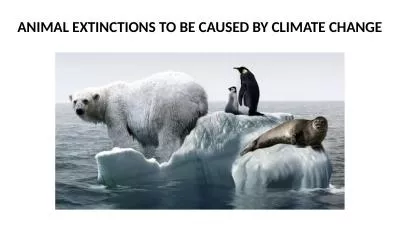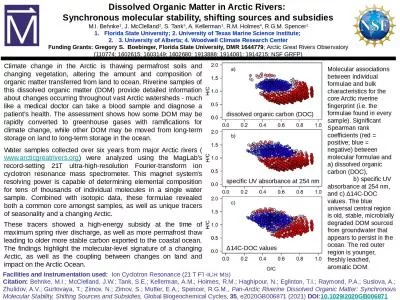PPT-Developing a climate prediction model for the Arctic:
Author : conchita-marotz | Published Date : 2017-05-07
NorCPM Noel Keenlyside Francois Counillon Ingo Bethke Yiguo Wang Mao Lin Shen Madlen Kimmritz Marius Årthun Tor Eldevik Stephanie Gleixner
Presentation Embed Code
Download Presentation
Download Presentation The PPT/PDF document "Developing a climate prediction model fo..." is the property of its rightful owner. Permission is granted to download and print the materials on this website for personal, non-commercial use only, and to display it on your personal computer provided you do not modify the materials and that you retain all copyright notices contained in the materials. By downloading content from our website, you accept the terms of this agreement.
Developing a climate prediction model for the Arctic:: Transcript
Download Rules Of Document
"Developing a climate prediction model for the Arctic:"The content belongs to its owner. You may download and print it for personal use, without modification, and keep all copyright notices. By downloading, you agree to these terms.
Related Documents

